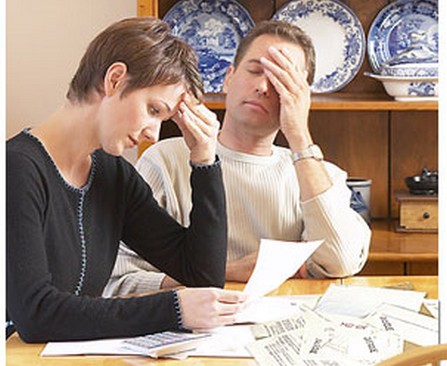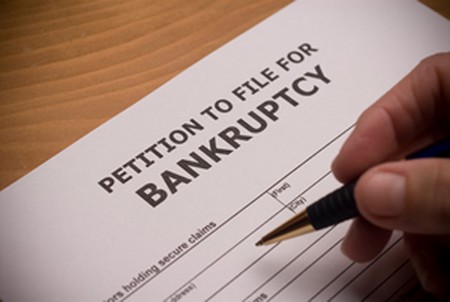Bankruptcy is a term which means state of being bankrupt. In simple words, when you don’t have enough money to pay what you owe. It is a complex phenomenon and its terms and conditions differ from state to state. However, the basic process and terminology used in bankruptcy remains the same.
Generally, there are two major parties who are involved in bankruptcy filings that is, the debtor and the creditor. The debtor is one who is under debt or owes money to their creditor. A debtor can either be an enterprise or a person; however, a creditor can be an organization. It is the creditor who claims the debtor for money or property.
There are two major types of debt that a debtor owes: Secured and Unsecured. In secured debts, creditors have the rights for any collateral for the debt. You have to keep any of your assets as security deposit to creditor. Creditors place a lien to your asset. Mortgage is an apt example of secured debt. Unsecured debts are not bound with any collateral. There is no lien on your property or any other assets. Credit card debt is a perfect example of unsecured debt.
Secured debts are really complex to understand in business. The loans taken by business give their creditors a lien aligned with insubstantial aspects of business like those of patents, intellectual property, or trademarks. Still, creditors can possess the property having lien against it.
Types of Bankruptcy
There are four types of bankruptcy which are named after their respective chapters in the United States Bankruptcy Code. There are several different factors on which different types of bankruptcy based. Following is given the brief description of four types of bankruptcy.
Chapter 7
When anybody says, “I am filing for bankruptcy,” this means Chapter 7 type of bankruptcy. It is a kind of liquidation bankruptcy where a trustee sells out the entire non-exempt assets owned by the debtor. All the individuals, businesses, and partnerships are entitled to Chapter 7 bankruptcies. Everyone tries their best to stay away from Chapter 7 bankruptcy as it will not allow you to conduct business operations in a steady way; however, the debtor will allow keeping the income generated after the bankruptcy case. A Chapter 7 bankruptcy is used to repay the debt by selling off the assets and the part of the payment that remains unpaid via liquidation is discharged.
Chapter 11
Chapter 11 bankruptcy is a complicated form of bankruptcy cases. Although, this type of bankruptcy filing mostly troubles the businesses, some individuals can also file it. In this sort of bankruptcy filing, the debtor are allow to carry on with their business, keep the ownership as well and are allowed to reorganize themselves and devise a proper plan to get rid off their debts.
There was no time limit for reorganization and payment plan for the businesses in the past. But under the Bankruptcy Abuse Prevention and Consumer Protection Act of 2005, businesses are obliged to submit their plan within 120 days off bankruptcy filing. If your business is insolvent and you need advice on closing a company, liquidation or how to deal with business debt, you can get help from a business insolvency service UK.
Chapter 12
Chapter 12 type of bankruptcy is particularly designed for farm owners. Like Chapter 11 bankruptcy, the debtor can keep the ownership of his/her assets and make a repayment plan in collaboration with creditor. Debtor has to stick to that plan in order pay off the debt. Keeping in view the income of the debtor, some part of the debt can also be discharged.
Chapter 13
It is a kind of bankruptcy which is known as reorganization bankruptcy. It is similar to Chapter 11 bankruptcy but imposed to individuals. Reorganization bankruptcy or Chapter 13 bankruptcy permits the debtors to pay off their debt amount within the time period of three to five years. Debtors have to submit a repayment plan in the court for endorsement. A trustee will be assigned to oversee the repayments by the court. If for any reason, you can’t continue to make payment, you bankruptcy filing should be shifted to Chapter 7.
You might also want to learn more about Government Debt Consolidation Loans.


